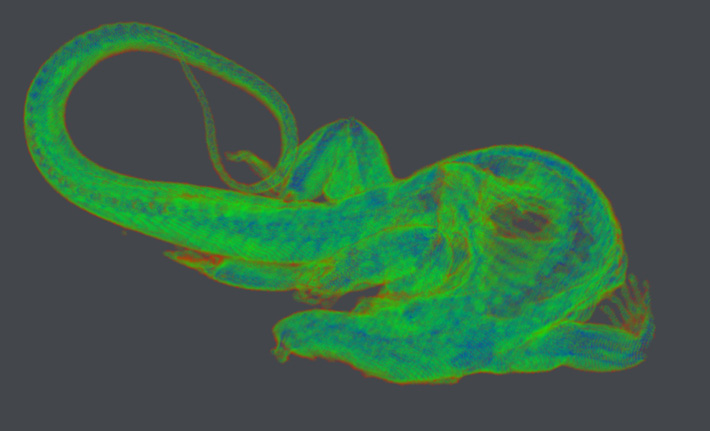Posted on 04th March 2020 by Media Relations
At current estimates, the illegal wildlife crime is worth US$23 billion a year. It is often considered to be the fourth largest black market behind drugs, weapons and human trafficking. The well-organised crime syndicates are rapidly pushing iconic and endangered animals such as rhinos, elephants, pangolins and otters to the brink of extinction. Even sanctuaries established to protect animals aren’t safe from poachers. In 2019, 594 rhinos were poached in South Africa, 327 of them from the famous Kruger National Park.
It’s not just African or Asian animals that are at risk of poaching. The illegal wildlife trade of plants and animals is also occurring in Australia. In the last twelve months multiple arrests were made in Melbourne and Sydney in relation to the illegal smuggling of Australian native reptiles, and unfortunately, it is increasing.
What if harnessing the power of technology and innovation offers an opportunity to make a dent in the loss of animals and plants to criminals? These are just some of the stories of passionate individuals and teams that are helping tackle organised wildlife crime.
Tracing the Trade: Using elemental analysis to fight crime
Everything you eat is stored as a permanent signature in your hair and nails which are made of keratin. The feathers of a bird, the quills of and echidna and the scales of a lizard are also made of keratin and carry the same signatures. Using stable isotope analysis, x-ray florescence and machine learning the forensics team (Taronga, UNSW, UTS and ANSTO) have developed a non-invasive, mobile technique to determine if an animal has been poached from the wild based on the diet signature in keratin. This has significant implications for fighting the illegal trade of wildlife out of Australia and conservation of our native species. Read more about this project.
Rapiscan detection: Fighting crime at the borders using science
Taronga has partnered with Department of Agriculture, Water and the Environment and Rapiscan to allow automated detection of smuggled wildlife at our airports and post-offices. This project uses existing Real Time Tomography (x-ray imaging in sections) scanning technology, for the detection of commonly trafficked Australian wildlife (e.g. reptiles, birds, hatching eggs). This information will be used for constructing algorithms for the automatic detection of wildlife and wildlife goods. This proof of concept and trial study will hopefully lead to the successful creation and implementation of commercial software used to detect illegal wildlife trafficking not only within Australia, but hopefully throughout the world.

Wildlife Witness
In partnership with TRAFFIC, Taronga developed Wildlife Witness. This is the first global community action smartphone app to help tackle illegal wildlife crime. The app allows for tourists to report suspicious activity involving animals and plants that they might come across during their travels through South-east Asian countries. The data is then collected by TRAFFIC and passed onto the relevant enforcement agencies for follow-up. The app has already been downloaded more than 15,000 times and led to the intervention of black-market sales of species including pangolins, hornbills and slipper orchids.